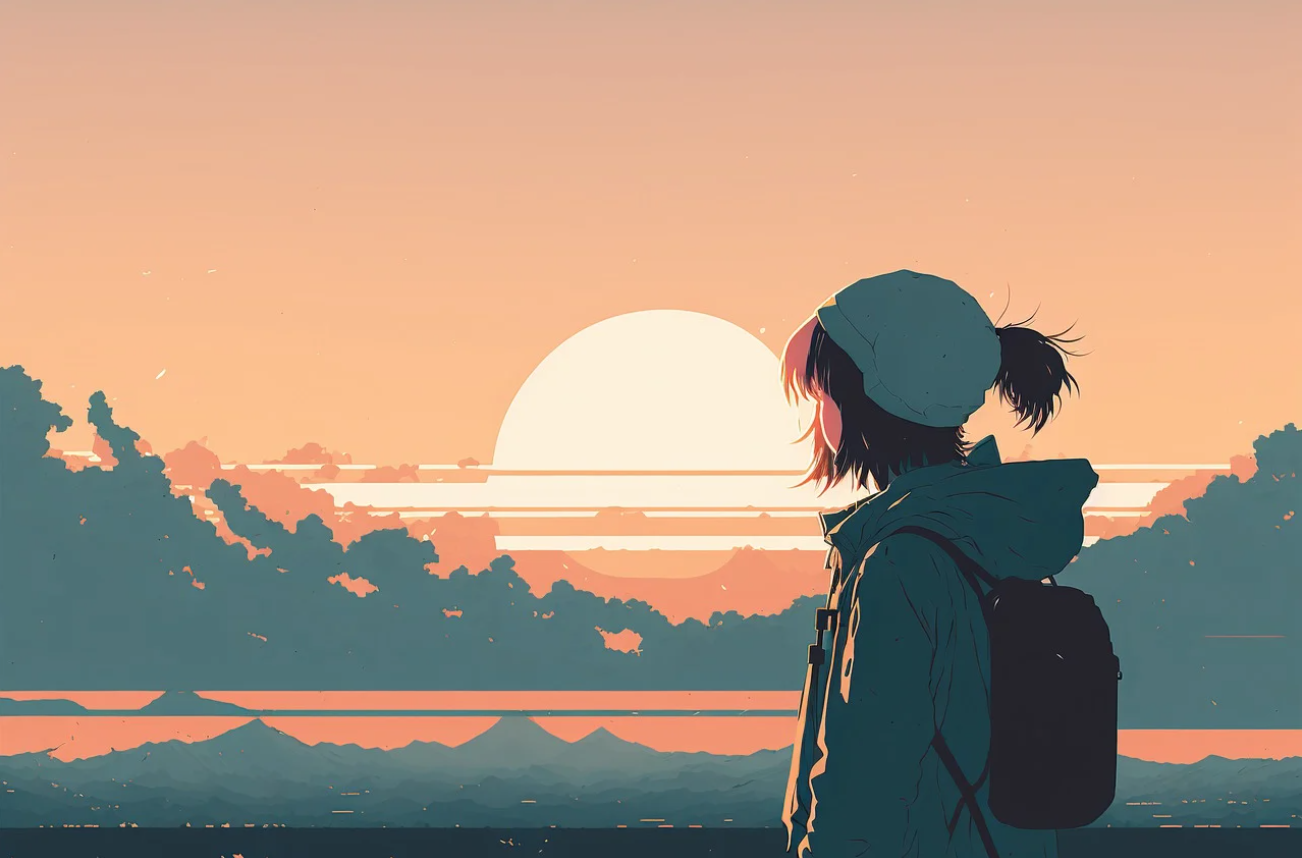With its distinctive designs and alluring images, anime art has taken the world by storm, capturing viewers everywhere. Anime art displays a variety of artistic techniques and styles, from intricate backdrops to detailed character designs. Anime art is a lively cultural phenomenon that has caught the imagination of millions of people worldwide and is much more than just a style. Anime art, which has its roots in Japan, is a broad genre that includes anything from contemporary digital forms like pixel art to old hand-drawn methods.
Several aspects of anime art are examined in this article, such as anime fan art, anime pixel art, anime art styles, anime female art, anime art style, and anime line art. We hope to provide a thorough knowledge of what makes anime art so unique and cherished by exploring these facets.
The History and Development of Anime Art
Western cartoons and conventional Japanese art genres like manga served as influences for the early 20th-century Japanese anime art movement. When “Namakura Gatana,” the first well-known anime, was broadcast in 1917, it signaled the start of an increasingly rich and varied visual form. As new methods and tools were included over the years, anime changed to become the colorful, dynamic visual form that it is today.
Manga’s Impact

Japanese comic novels known as manga have had a significant influence on anime art. Popular manga is often adapted into anime series, and anime frequently borrows manga’s stylistic characteristics, such as detailed character designs, dramatic facial expressions, and exciting action scenes. Because of their mutually beneficial relationship, both art forms have been able to thrive and influence one another in a never-ending creative cycle.
Technological Progress
The introduction of digital tools has had a big impact on anime art since it makes things more precise and efficient. The quality of anime productions has increased overall as a result of artists’ increased ability to produce more intricate and detailed images using digital animation software. Many artists continue to use traditional hand-drawn methods despite these improvements, fusing the old and new to produce a distinctive look.
Examining Anime Art Styles
Anime art encompasses a broad spectrum of visual expressions, each with unique qualities, and is not limited to a single style. Here, we look at a few of the most well-known anime art forms.
Traditional Anime Art Style
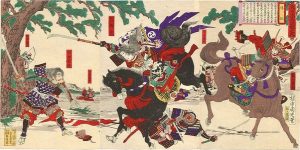
A hallmark of the 1960s and 1970s anime art movement was its straightforward yet powerful designs. The simple character designs, constrained color schemes, and crisp lines of television series like “Astro Boy” and “Speed Racer” are characteristics of this aesthetic. This aesthetic influenced innumerable artists and creators and set the groundwork for later animation.
Modern Anime Art style

With time, the art of anime has developed to incorporate intricate backdrops, sophisticated animation techniques, and increasingly realistic and detailed character designs. Dynamic stances, vibrant colors, and detailed linework are characteristics of this style, as seen in shows like “Attack on Titan” and “My Hero Academia”. The goal of the modern aesthetic is frequently to immerse viewers in intricately detailed worlds.
Style of Chibi Art
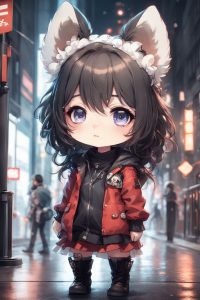
The Japanese word “chibi” (which means “short” or “small”) describes a drawing style in which characters have disproportionately large heads and small bodies. Generally employed for humorous or adorable effects, this style can be seen in products, fan art, and several anime genres, such as comedy and slice-of-life. Chibi figures are adored and readily recognizable due to their cute and lively appearance.
Anime Pixel Art
The pleasure of pixel art and the aesthetics of anime are combined in anime pixel art. This aesthetic is evocative of the early days of video game graphics when tiny, square pixels were used by artists to create intricate designs. Fan projects, digital art, and independent games frequently employ anime pixel graphics. Pixel art’s low resolution forces creators to pack as much emotion and detail into a small amount of space, leading to extremely styled and creative works.
Anime Girl Art: Honouring Symbolic Personas
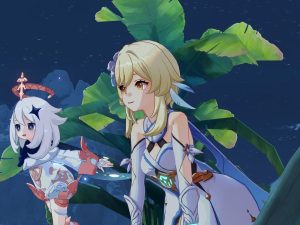
The way that female characters are portrayed in anime, or “anime girl art,” is an important part of the genre. Anime female characters are frequently meticulously crafted, showcasing a diverse array of personalities, histories, and narrative paths. The different ways that anime heroines are portrayed in art are examined in this section.
Magical Girls
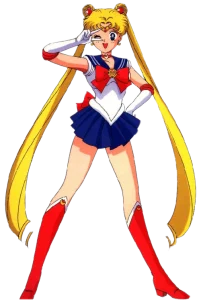
Magical girls, like the characters in “Sailor Moon” and “Cardcaptor Sakura,” are young girls with magical abilities who go on adventures. Enormous gowns, flowing hair, and vivid colors are common elements in magical girl art, highlighting the characters’ fanciful and otherworldly qualities. Young viewers might look up to these characters as role models because they are made to be powerful and relatable.
School Girls

A common feature of many anime genres, especially in slice-of-life and romantic programs, are schoolgirl characters. Television programs such as “K-On!” and “Clannad” portray the ordinary lives of female high school students, emphasizing their relationships, obstacles, and development. Realistic outfits, expressive facial features, and meticulous attention to detail in the depiction of ordinary environments are hallmarks of schoolgirl art.
Heroines of Fantasy

In shows like “Sword Art Online” and “Fate/Stay Night,” fantasy females are frequently portrayed as formidable fighters with elaborate armor and weaponry. These characters’ artwork blends elements of reality and fantasy, with intricate line work and dynamic poses that accentuate their strength and agility. Fantasy heroines are meant to evoke wonder and adoration by personifying the virtues of bravery and tenacity.
The Basis of Anime Design: Anime Line Art

An essential component of anime art is anime line art, which is the use of lines to produce intricate and emotive drawings. Character designs, backgrounds, and action scenes are built upon line art, which gives the finished product structure and clarity.
Methods for Drawing Line Art
Characters and objects in anime line drawings are usually outlined with crisp, accurate lines. To provide depth and emphasis, artists frequently employ different line weights, using finer lines for inside details and wider lines for exterior features. Characters and situations become more dynamic and captivating when this approach is used to provide a sense of volume and dimensions.
Line Art And Digital Tools
The development of digital technologies has allowed artists to produce line art with more freedom and accuracy. Artists can experiment with a variety of styles and techniques because of the smoother lines and simpler corrections made possible by digital drawing tablets and software such as Adobe Photoshop and Clip Studio Paint. Many artists still prefer using pen and paper techniques despite these developments because they enjoy the tactile input and natural feel of hand-drawn lines.
Anime Fan Art: Honouring the Ingenuity of Fans
The enthusiasm and inventiveness of anime fans worldwide are demonstrated through fan art. Fans contribute to a lively and diverse community of artists by creating and sharing their renditions of well-loved characters and scenes. The thickness and style of anime line art vary, which adds to the scene’s overall feel and ambiance. Thick lines accentuate action passages and highlight dynamic movement, whereas thin, delicate lines are frequently employed to portray sensitivity and passion in romantic or dramatic scenes.
The Value of Fan Art
Within the global anime community, fan art is an important means for fans to express their love and creativity for their favorite anime series and characters. To honor the original creators while putting their unique touch on famous moments and characters, artists rework and reimagine current anime visual styles. Sites such as DeviantArt and Pixiv have developed into central locations for the exchange and discovery of anime fan art, encouraging a sense of unity and connection between fans all around the world.
Platforms where Fans Can Share Their Art
Fans now find it simpler to share their work and establish connections with other artists thanks to social networking sites like DeviantArt, Instagram, and Twitter. Artists can get criticism, work together on projects, and take part in challenges and events via online groups and forums. The popularity of fan gatherings like Comic-Con and Anime Expo has given artists more chances to interact with fans, sell their works, and exhibit their work in person.
Pixel Art Anime: A Creative and Reminiscent Combination
A distinct subgenre known as “pixel art anime” blends the narrative and visual style of anime with the pixelated look of vintage video games. Fans of both media will enjoy the inventive yet nostalgic art that results from this blending.
The Allure of Anime with Pixel Art
An appreciation for the early days of video gaming, when graphics were inventive and endearing despite technological limitations, is evoked by pixel art anime. Artists can capture the essence of anime characters and scenes in a unique and visually attractive way by using small, colorful pixels to create detailed graphics. Pixel art’s simplicity makes it possible to concentrate on essential design components like color, composition, and movement.
Prominent Illustrations
Pixel art has become more widely used to express captivating stories with anime-inspired images thanks to games like “Hyper Light Drifter” and “Celeste”. These games create a captivating and immersive experience by fusing the classic appearance of pixel art with contemporary gameplay mechanics and narrative depth. In addition, pixel artists frequently recreate well-known anime characters and situations nostalgically, honoring their favorite shows.
The Effect of Anime Art on Culture
Global culture has been profoundly impacted by anime art, which has influenced fashion, technology, and a variety of media. Because of its distinctive look and storytelling methods, anime has gained popularity among viewers all over the world and is becoming more and more respected in the art world.
Impact On The Media In The West
Western media has been using anime-inspired imagery and narrative strategies more and more. Western animation and anime elements are used in shows like “Avatar: The Last Airbender” and “Teen Titans” to create a hybrid style that appeals to a wide range of viewers. Both Eastern and Western animation have benefited from this cross-cultural interchange, which has also promoted an appreciation of various artistic expressions throughout the world.
Clothing and Accessories
Fashion and merchandise have also been impacted by anime art, with consumers increasingly favoring anime-themed apparel, accessories, and collectibles. Fans may display their favorite characters and series with figures, posters, and other souvenirs, while brands like UNIQLO and Hot Topic have partnered with anime franchises to develop exclusive garment lines. This financial success confirms anime art’s enduring popularity and cultural relevance.
Innovations in Technology
Animation and digital art have benefited from technology advancements spurred by the popularity of anime. By pushing the boundaries of what is possible in animation, artists are now able to produce more dynamic and detailed graphics thanks to advancements in technology and software. To create immersive anime experiences and provide fans with new and interesting ways to connect with their favorite characters and settings, virtual reality (VR) and augmented reality (AR) technologies are also being researched.
FINAL THOUGHTS
In conclusion, anime art never stops developing and captivating viewers with its wide range of aesthetics, nuanced characters, and rich narratives. Anime artists honor the rich cultural legacy of the medium while pushing the frontiers of creativity, whether through detailed line drawing or pixel art anime. As anime’s appeal grows on a global scale, its impact on popular culture and art is as great as ever, guaranteeing its lasting legacy in the visual arts.

